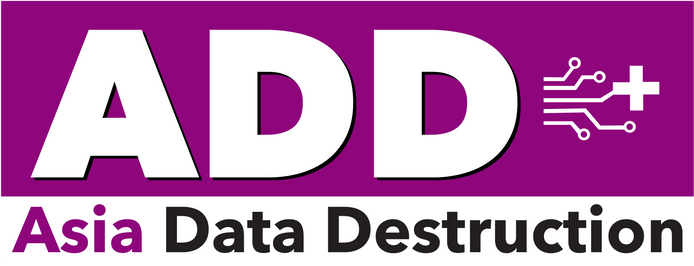The use of online platforms and social media have insignificantly increased. We can see many individuals as well as organizations incorporating communication tools and office supplies, such as computers, notebook, smartphone, and tablet into their daily use to help facilitate communications, exchange of information, and online transactions.
Important data are created and kept in these equipment whether it be names, addresses, phone numbers, photos, as well as other personal information. If these information are leaked the damage can prove to be very costly to the owner.
The main reasons behind leaked information are caused by the owner’s mistake in destroying the data on their devices. Many owners assume that clearing their devices by using factory reset is enough. Another common mistake by owner is thinking that devices which can no longer be turned on is safe.
With these two mistakes owners are likely to sell their old devices to shops, without knowing that their data can still be recovered.
What are the NIST 800-88 Guidelines?
One of the most widely used data sanitization standards by many authorities and organizations is “NIST 800-88” or “National Institute of Standards and Technology”. It is the U.S. government published document that provides methodical guidance when it comes to erasing data from electronic storage media. The goal is to effectively sanitize media so that any and all data is irretrievable once the data or data storage device reaches its end-of-life.
NIST 800-88 is widely known for its data sanitization categories of Clear, Purge and Destroy. It can be used with various types of electronic devices.
The objective is to comply with the guidelines in managing a wide range of storage media, including but not limited to government agencies and big organizations.
And, for this reason, various agencies including private companies adhere to these guidelines to deal with the security management of information in the equipment after use or until its end-of-life such as computers, notebooks, HDDs, smartphones, tablets, tapes, USB, and many other storage devices.
Ref. Guidelines for Media Sanitization


 ไทย
ไทย 日本語
日本語 Tiếng Việt
Tiếng Việt ភាសាខ្មែរ
ភាសាខ្មែរ


